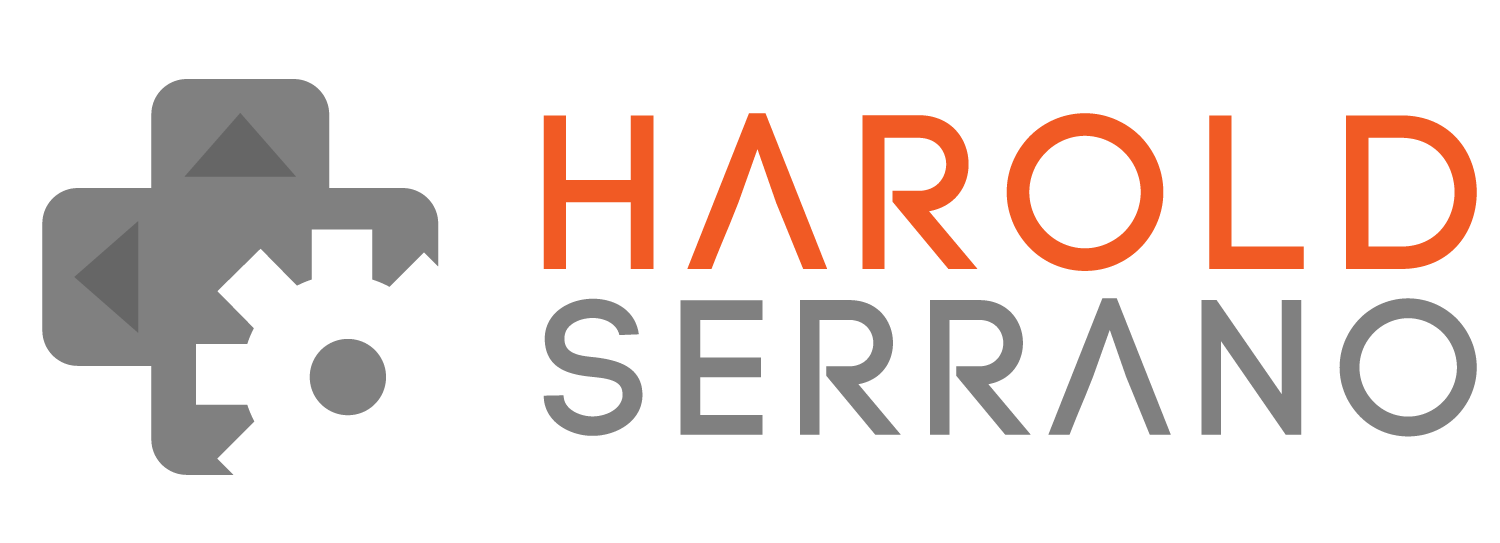Hey everyone,
It has been two years since I began rewriting my game engine, and while development has been slow, it has been steady. In this post, I want to share the current status of the Untold Engine.
What is the Untold Engine?
For those who are unaware, the Untold Engine is a 3D game engine designed for macOS and iOS devices, which I started developing in 2013. The original version was built using C++ and Metal, following an object-oriented approach.
What has changed?
Fast forward to today, and the Untold Engine has transitioned to an Entity-Component-System (ECS) architecture, with its primary languages now being Swift and Metal. The engine includes the following systems:
- Rendering System
- Physics System
- Steering System
- Animation System
- Collision System (coming soon)
- PBR (Physically-Based Rendering) support
Although the rewrite is not yet complete, the Untold Engine has reached a stage where you can create simple games. One significant improvement in the new Untold Engine is its documentation. I have made it a priority to keep the GitHub Readme thoroughly documented and up-to-date.
What’s next?
Development of the engine will continue, but my main focus will be on creating simple games and tutorials to help developers get acquainted with the Untold Engine. One of the reasons the first version of the engine had so many bugs was due to insufficient testing with actual games. This time around, that won't be an issue.
Where can I get the Untold Engine?
The Untold Engine is open-source and you can get it from our Githup repo:
https://github.com/untoldengine/UntoldEngine
Thank you for reading!




